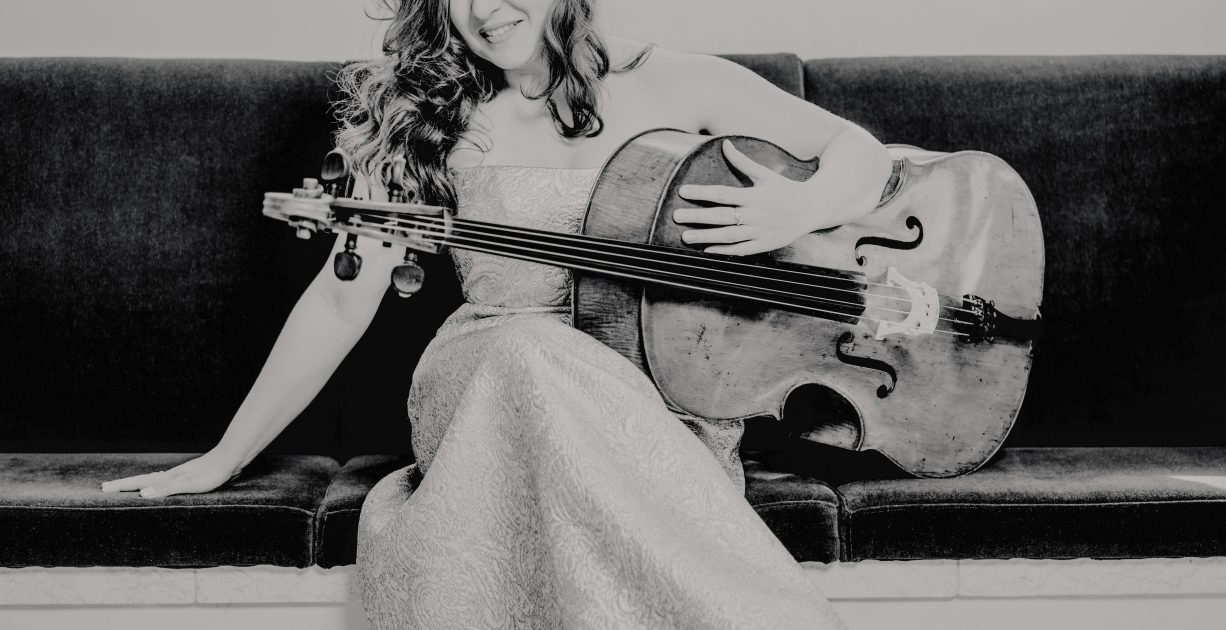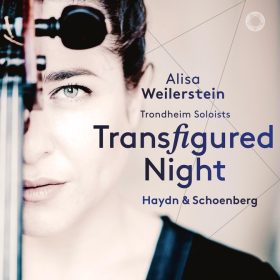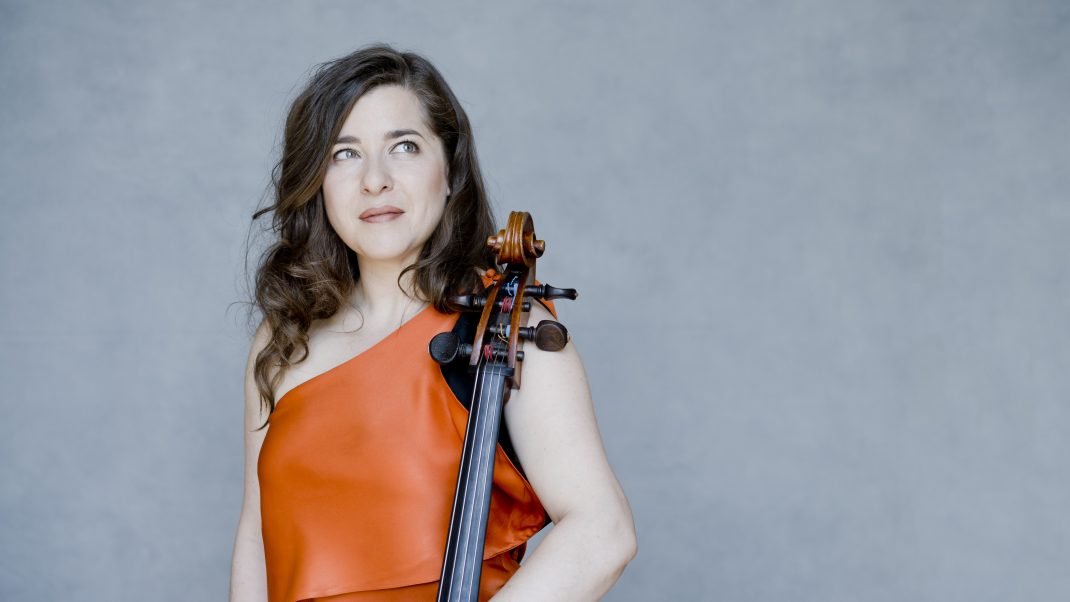Schoenberg fled Vienna in 1934, four years before my grandparents escaped. So, as a young artist, nowhere in my imagination was the possibility of duality and contradiction made more manifest than in the history of that city. A culture that gave birth to some of the greatest achievements in the artform that I had chosen to pursue could, in the same breath, harbor sentiments and sanction behavior antithetical to music’s transcendent promise.
It might be fitting then, in the spirit of grappling with these odd realities, that this album was conceived in the most “un-Viennese” location: the sweeping white landscapes and rugged fjords of northern Norway. In late April, patches of frozen snow surrounded an 11th century church where I spent twenty-one hours rehearsing and recording these three pieces with the Trondheim Soloists. Although all three had long occupied the back of my mind as potential recording projects, it wasn’t until last September, when I first had the opportunity to collaborate with these artists, that I knew I had found the ideal partners for an album of this scope and intensity.
I always considered the chamber music setting as my native environment, and the small orchestra intimacy of the Haydn concerti along with the dynamic range of the Schoenberg allowed the session to feel both big and small. This, coupled with the personal relationship I developed with my artistic partners, made for a uniquely intimate experience. I believe this comes through in the performances that I am thrilled to be sharing with you here.
While recording Verklärte Nacht, at the end of a day spent working through details, we concluded with one final concert play-through – a tradition where the fatigue of a long session often outstrips artistic goals. This time, however, it was the most vibrant and focused rendition of the whole afternoon. As the final note decayed in the rounded echo of that old church, everything was completely still and everyone completely silent.
– Alisa Weilerstein
photo by Marco Borggreve



